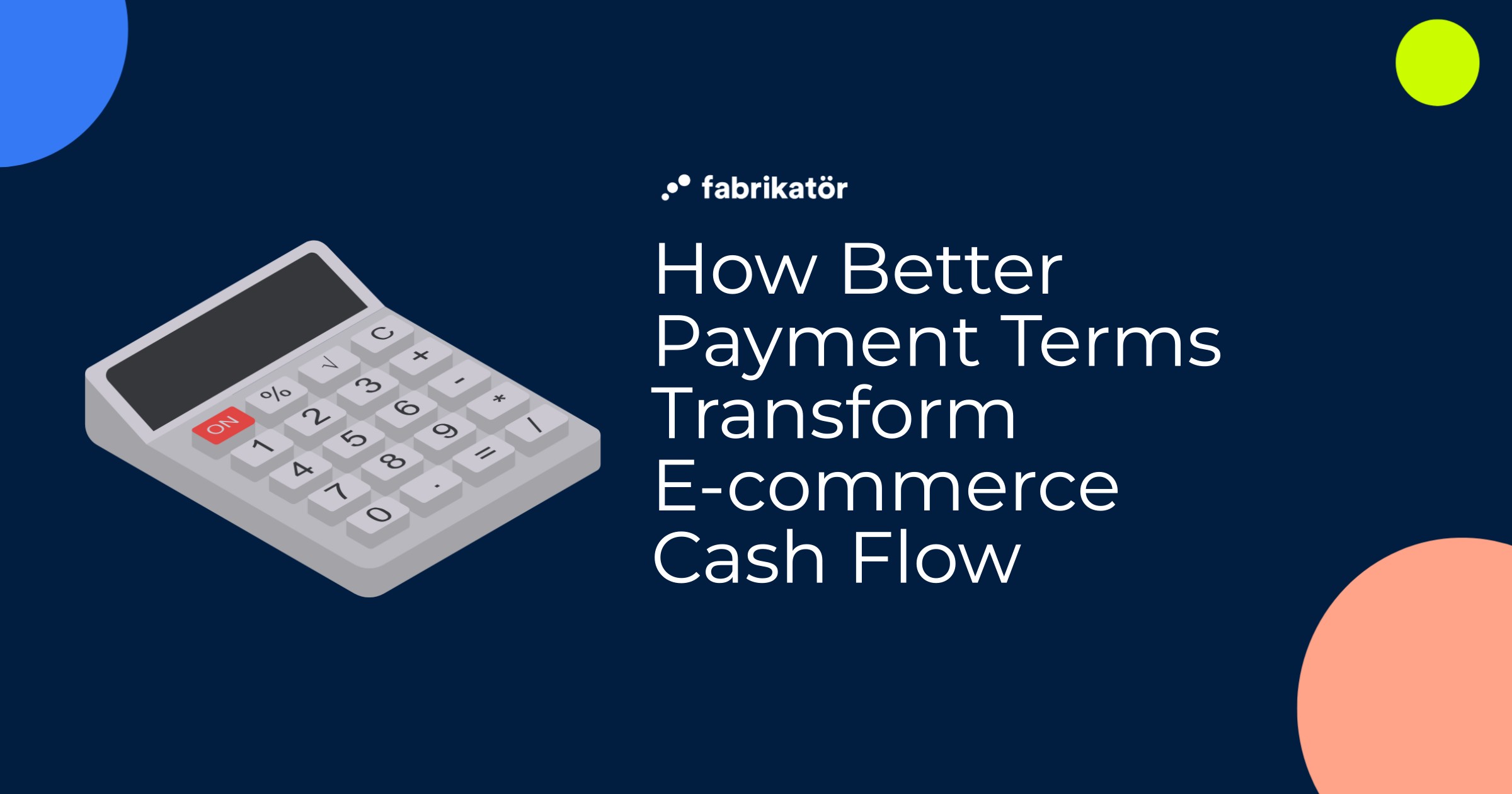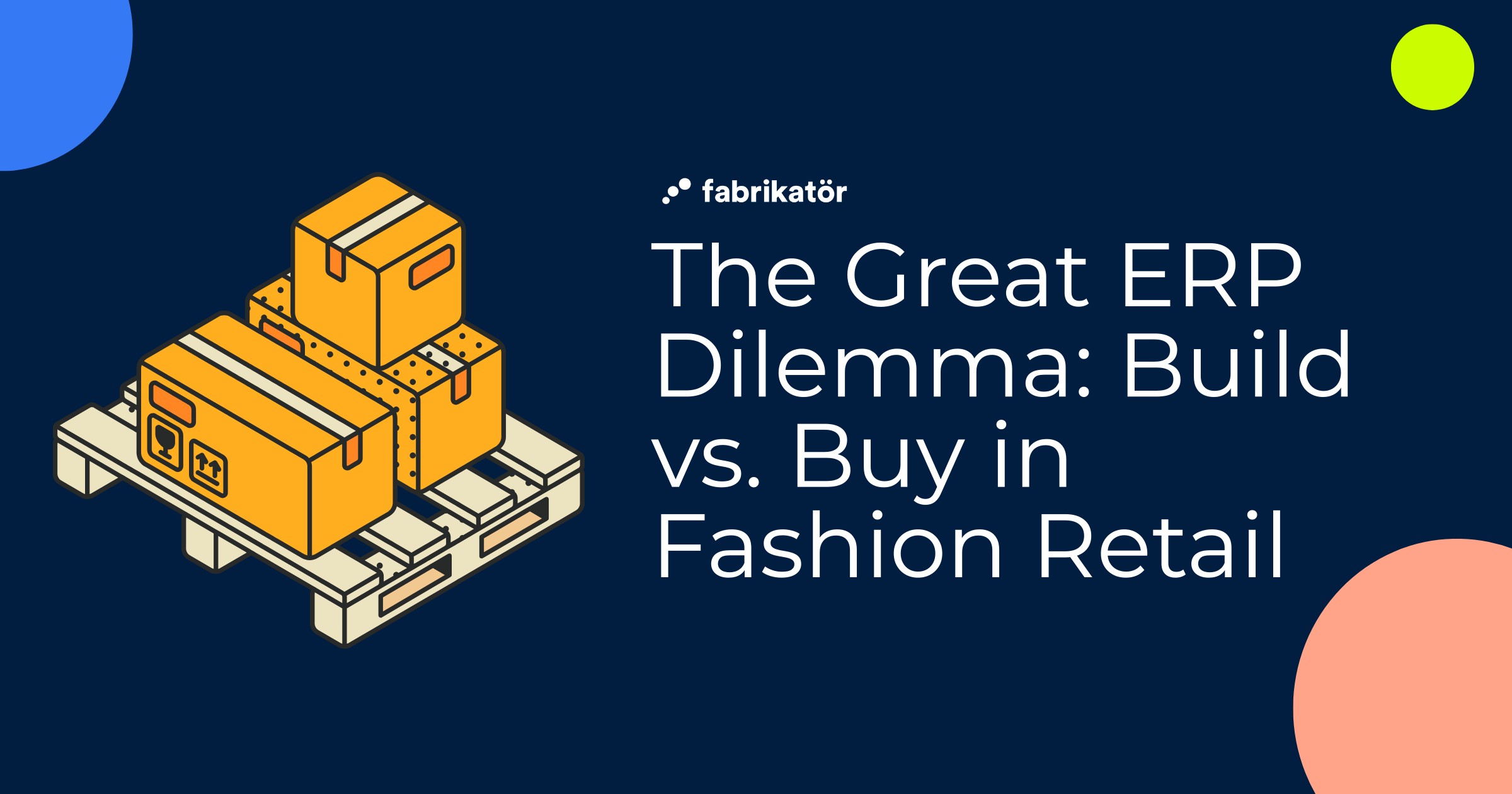How to Calculate Ending Inventory [Simple Formula]
![How to Calculate Ending Inventory [Simple Formula]](https://cdn.prod.website-files.com/61bc48c902de771621f283b2/672497c89a69414499428564_ending%20inventory.webp)
Accurate inventory calculation is essential for eCommerce businesses growing in a fast-paced market. When inventory values are incorrect, financial reports suffer, stock management becomes challenging, and profit margins can take a hit. Ending inventory is one of the key metrics eCommerce owners must calculate correctly to maintain smooth operations and control costs. That’s why this blog covers ending inventory, methods for calculating it, and why selecting the right approach is a game-changer for efficient, profitable operations.
What is Ending Inventory and Why It’s Important in eCommerce? 🔍
You keep buying items, and your warehouse is always full, but something doesn’t add up when you check the books. You record the stock coming in and going out, yet you miss one key component: counting what’s left—it is ending inventory.
Investopedia defines ending inventory as the value of goods still available for sale and held by a company at the end of an accounting period. In other words, ending inventory is the value of products a company has left to sell at the end of a specific time period. It shows how much stock is unsold after accounting for all sales made during that time. Accurate ending inventory is crucial for financial health, efficient decision-making, and operational efficiency for eCommerce businesses.
Ending inventory allows eCommerce businesses to track the exact amount of products available, helping prevent issues like overstocking or understocking. Additionally, it directly affects key financial reports like balance sheets and income statements, impacting how eCommerce profit margins and costs of goods sold (COGS) are calculated.
How to Calculate Ending Inventory? (Using Ending Inventory Formula)
The basic formula to calculate ending inventory is pretty easy:

Each component represents a vital part of your inventory flow, but the methods used to calculate them can vary based on your business needs.
Methods You Can Benefit From When Calculating Ending Inventory
Choosing the right method to calculate ending inventory can greatly affect accuracy and financial clarity. Here are the primary methods and how they can work for your business.
🔸 Calculating Ending Inventory Using FIFO
FIFO, or First In, First Out, assumes the oldest inventory items are sold first. This approach is often beneficial for eCommerce businesses with products that can quickly become outdated. By selling older inventory first, FIFO provides a cost structure that often aligns with the actual physical flow of goods in these sectors.
Example:
- Beginning Inventory: 100 units at $10
- New Purchase: 100 units at $12
- Units Sold: 120 units
Using FIFO, the 120 units sold would include the 100 units at $10 (beginning inventory) and 20 units at $12 (new purchase), leading to an ending inventory calculation based on the remaining 80 units at $12.
🔸 Understanding Ending Inventory Through LIFO
The Last In, First Out (LIFO) method values inventory as if the most recent items added are sold first. This method can be beneficial in times of rising prices since it aligns inventory costs more closely with recent expenditures. However, it’s less commonly used in eCommerce due to the physical challenges of managing products in this order, but some eCommerce businesses may still prefer it for its financial advantages.
Example:
- Beginning Inventory: 100 units at $10
- New Purchase: 100 units at $12
- Units Sold: 120 units
With LIFO, the calculation would start with the newest inventory, meaning the first 100 units sold at $12 and the remaining 20 units at $10, resulting in an ending inventory of 80 units at $10.
🔸 Applying the Weighted Average Cost Method
The Weighted Average Cost method calculates inventory by averaging the cost of all available items. This approach helps smooth price fluctuations, which can be ideal for eCommerce businesses with products that have varying acquisition costs.
Example:
- Beginning Inventory: 100 units at $10
- New Purchase: 100 units at $12
The average cost per unit becomes $11. If 120 units are sold, the ending inventory will be 80 units at $11.
🔸 Estimating Ending Inventory with the Gross Profit Method
The Gross Profit Method estimates ending inventory based on sales and gross profit margin. This method can be especially helpful during interim periods or when quick calculations are needed, though it’s best used as an estimation rather than a replacement for exact inventory tracking.
Example:
- Sales for Period: $5,000
- Gross Profit Margin: 40%
By applying the gross profit margin to total sales, we can estimate the COGS and, in turn, calculate the ending inventory for a quick snapshot.
While these methods provide valuable insights and can be beneficial in different scenarios, choosing the most efficient solution for calculating ending inventory is key to maximizing accuracy and streamlining your operations.
Most Efficient Solution for Calculating Ending Inventory
From manual methods to advanced software tools, let’s dive into practical solutions for calculating ending inventory.
📝 Excel & Manual Systems for Calculating Ending Inventory
Many small eCommerce stores start with Excel spreadsheets or manual calculations. While this approach is straightforward, it’s often time-consuming, prone to human error, and lacks the real-time accuracy essential for fast-moving eCommerce. Errors in manual systems can lead to discrepancies, making it difficult to track real-time inventory effectively and potentially causing miscalculations.
💻 Advanced Inventory Management Solutions
Advanced inventory management solutions automate the inventory process, providing real-time tracking, automatic replenishment, and minimizing human error. These solutions save time and reduce the financial risk associated with inventory mismanagement. For example, Fabrikatör is tailored for eCommerce inventory needs with its automated processes and easy integration.
Why Fabrikatör is Essential for Managing Ending Inventory?
Using Fabrikatör for your inventory management can make all the difference for your business’s financial health. Fabrikatör’s automation features ensure that inventory calculations are accurate and always up-to-date, letting you focus on growing your business without worrying about manual inventory issues.

With Fabrikatör, you can:
- 📊 Access real-time insights to make smarter, data-driven decisions that keep your ending inventory optimized and aligned with sales goals.
- 📝 Quickly generate purchase orders for final inventory adjustments, ensuring you have the right products in stock without overcommitting.
- 🚨 Get alerts when stock is low, helping you adjust ending inventory levels to avoid surplus or stockouts.
- 📈 Accurately predict demand to keep ending inventory levels efficient, reducing excess stock and freeing up cash flow.
And much more!
Do you need more detail or have questions? See Fabrikatör in action—discover how Fabrikatör helps eCommerce stores manage inventory efficiently and boost profits!










